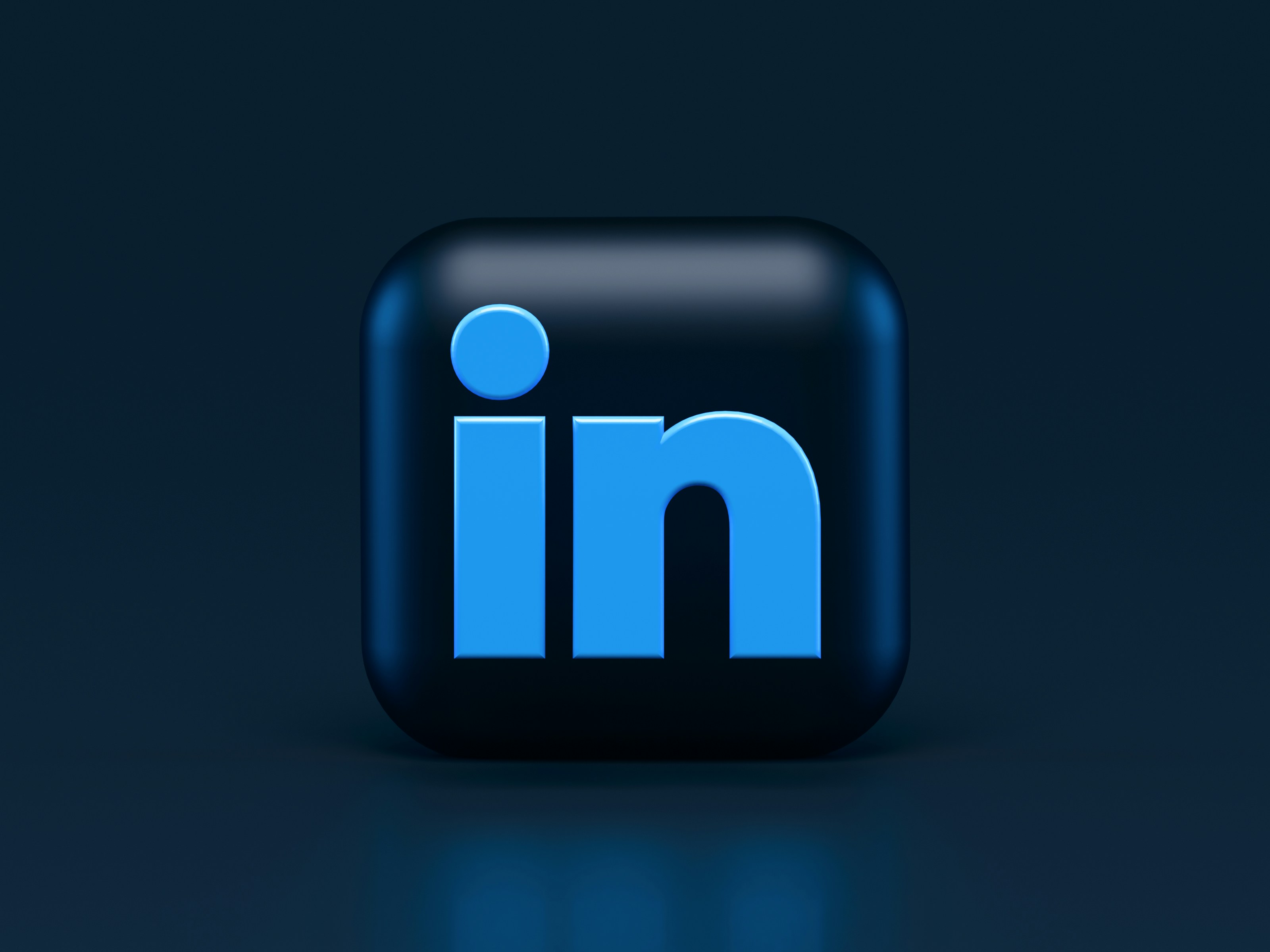LinkedIn, once a platform primarily for professional networking, has evolved into a dynamic space where creatives and designers can showcase their work, connect with industry leaders, and attract clients or job opportunities. Whether you're a graphic designer, UX/UI expert, or 3D artist, LinkedIn provides a professional environment to present your skills and gain visibility.
In this blog, we’ll explore how to use LinkedIn effectively as a designer to showcase your portfolio and unlock new opportunities.
Why LinkedIn Matters for Designers.
While platforms like Behance and Dribbble are popular among designers, LinkedIn offers distinct advantages:
- Professional Audience: LinkedIn’s user base comprises recruiters, decision-makers, and business owners who could become your next clients or employers.
- Networking Opportunities: It’s easier to connect with professionals across industries, broadening your potential reach.
- Personal Branding: LinkedIn’s features—such as posts, articles, and recommendations—allow you to position yourself as a thought leader in your field.
By leveraging LinkedIn alongside creative platforms, you can strike a balance between showcasing your artistry and professionalism.
Building a Strong LinkedIn Profile.
Your LinkedIn profile is the foundation of your online presence on the platform. To make it stand out, take these actions:
1. Use a Professional Profile Picture
Select a crisp, excellent headshot that conveys your professionalism. If you're a creative, consider a background or pose that hints at your field (e.g., holding a sketchbook or sitting at your workstation).
2. Write a Captivating Headline
Your headline should go beyond your job title. Make use of it to emphasize your value proposition and area of expertise. For example:
- “UI/UX Designer | Crafting Seamless Digital Experiences”
- “Graphic Designer | Turning Ideas into Visual Stories”
3. Create a Compelling About Section
In the "About" section, you can tell your tale. Focus on:
- Your background and skills.
- What makes your work unique.
- Industries or projects you’re passionate about.
- A clear call to action, like inviting users to view your portfolio.
Example:
“I’m a UX designer with over five years of experience creating innovative digital products tailored for e-commerce and healthcare industries. I specialize in merging functionality with aesthetics to craft seamless user experiences that captivate and convert. If you’re ready to elevate your digital solutions, let’s connect and make it happen!”
4. Showcase Your Portfolio
Use the Featured section to upload images, videos, or links to your portfolio. Highlight:
- Case studies.
- Personal projects.
- Client testimonials or project outcomes.
Make sure your portfolio is both aesthetically pleasing and user-friendly.
5. Highlight Skills and Endorsements
List relevant skills, such as “Wireframing,” or “3D Modeling.” Request endorsements from colleagues or collaborators to validate these skills.
Posting Content That Resonates.
Regularly posting content on LinkedIn keeps you visible and positions you as an active professional. Here’s what to share:
1. Project Highlights
Share snapshots or case studies of your recent work. Include context, such as:
- The client’s challenge.
- Your creative process.
- The project’s outcome.
Example:
“Here’s a recent app redesign project I completed for a fintech client. The goal was to simplify navigation while maintaining a modern aesthetic. User engagement has increased by 30%, and the feedback has been overwhelmingly good!”
2. Behind-the-Scenes Insights
Post about your creative process, including sketches, wireframes, or challenges you’ve overcome. This humanizes your work and invites engagement.
3. Thought Leadership
Share your perspectives on industry trends, design tools, or best practices. Writing LinkedIn articles or detailed posts establishes your expertise.
Example:
“As AI tools like MidJourney reshape design workflows, it’s essential to focus on what makes us uniquely human—our ability to empathize and create meaningful connections through design.”
4. Interactive Content
Ask your audience for feedback or opinions. For instance:
- “Which logo concept resonates with you?” (include an image carousel).
- “What’s your favorite color palette for e-commerce designs?”
Expanding Your Network.
A strong network can open doors to opportunities. Here’s how to build and nurture connections:
1. Connect Strategically
Focus on:
- Industry peers.
- Recruiters or hiring managers in your niche.
- Thought leaders and influencers in design.
Add a quick statement explaining why you would like to connect to personalize your connection requests.
2. Join Relevant Groups
Participate in LinkedIn Groups related to design, such as UX/UI communities or freelancing forums. Share insights and engage with discussions to establish your presence.
3. Engage with Others’ Content
Comment on and share posts from your network. Thoughtful engagement can spark meaningful conversations and help you stay top of mind.
Leveraging LinkedIn Features.
1. LinkedIn Learning
Upskill through LinkedIn Learning courses on topics like Adobe tools, animation, or design thinking. Showcase completed certifications on your profile.
2. Open to Work Badge
Activate the “Open to Work” feature if you’re actively seeking opportunities. Specify the types of roles or projects you’re targeting.
3. Recommendations
Ask past clients or colleagues for recommendations. These testimonials add credibility and demonstrate the impact of your work.
4. Analytics
Keep an eye on how well your posts and profile views are performing. This data can guide your content strategy and help you identify which efforts yield the best results.
Success Stories: Designers Who Excel on LinkedIn.
Example 1: The Freelance Illustrator
A freelance illustrator used LinkedIn to share weekly progress updates on a children’s book project. The posts attracted a niche audience, leading to new clients and collaborations.
Example 2: The UX Designer
A UX designer published a LinkedIn article about accessibility in design, which went viral. The exposure led to speaking invitations and a job offer from a top tech company.
Conclusion.
LinkedIn offers immense potential for designers to showcase their portfolios, network with professionals, and attract new opportunities. By optimizing your profile, sharing engaging content, and leveraging platform features, you can position yourself as a sought-after creative in your field.
To enhance your portfolio’s impact, consider using tools like Behance. These platforms allow seamless integration with LinkedIn, giving your work maximum visibility.




